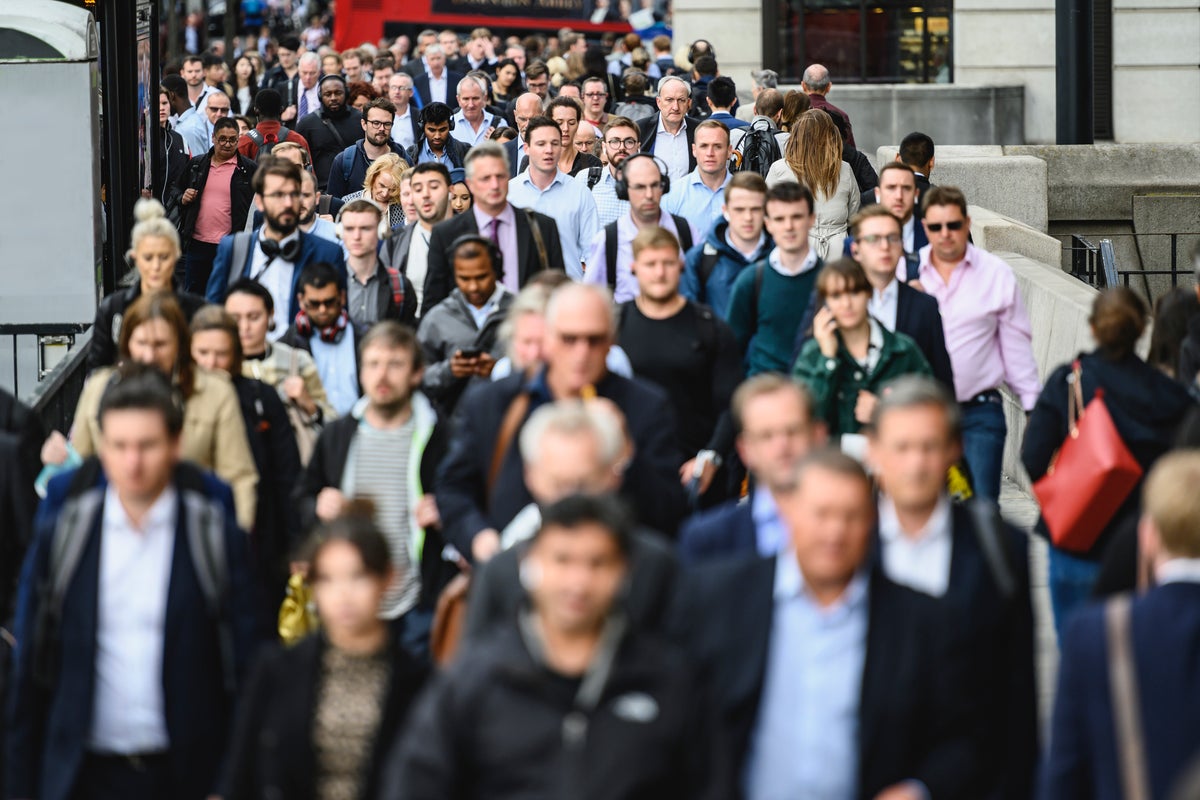Home Office Advocates Are the New Pharisees, Condemning Workers to a Life of Isolation and Productivity Guilt
Recent research conducted during the final phases of COVID lockdowns has reignited the contentious debate over remote work versus office work. As companies and employees navigate the post-pandemic landscape, the findings reveal a multifaceted and often contradictory picture of productivity, mental health, and workplace culture.
The pandemic forced a rapid shift to remote work, with millions of employees suddenly finding themselves working from home. Initially, this transition was met with skepticism; many believed that productivity would plummet without the structure of a traditional office environment. However, as time progressed, a surprising number of studies began to emerge, suggesting that remote work could be just as effective, if not more so, than in-person office work.
The recent study, which focused on workers during the latter stages of COVID lockdowns, highlights the complexity of this issue. It found that while some employees thrived in a remote setting, enjoying the flexibility and autonomy it provided, others struggled with feelings of isolation and disconnection from their teams. This dichotomy raises critical questions about the future of work and the role of the office in fostering collaboration and innovation.
One of the key findings of the research is the impact of remote work on mental health. For many, the ability to work from home offered a reprieve from the stressors of commuting and office politics. Employees reported feeling more in control of their work-life balance, which in turn led to increased job satisfaction. However, this positive aspect was countered by the reality that many workers experienced loneliness and burnout due to the lack of social interaction and the blurring of boundaries between work and personal life.
Moreover, the study revealed that the effectiveness of remote work varied significantly across different industries and job roles. For instance, creative teams that rely heavily on collaboration and brainstorming sessions found it challenging to replicate the spontaneous interactions that often occur in an office setting. Conversely, roles that require deep focus and minimal distractions benefited from the quiet environment of home offices.
The findings also underscore the importance of company culture in shaping employees’ experiences with remote work. Organizations that prioritized communication and connection during the transition to remote work tended to see better outcomes. Companies that implemented regular check-ins, virtual team-building activities, and mental health resources found that their employees were more engaged and productive.
As businesses consider their long-term strategies for remote work, the research suggests that a hybrid model may be the most effective solution. This approach allows employees to enjoy the benefits of remote work while still having the opportunity to collaborate in person when necessary. However, implementing a hybrid model presents its own set of challenges, including ensuring equitable access to resources and maintaining a cohesive company culture.
The debate over home versus office work is not merely a matter of productivity; it also touches on broader societal themes such as work-life balance, mental health, and the evolving nature of work itself. As organizations grapple with these issues, they must also consider the implications for their workforce. The pandemic has fundamentally changed the way we think about work, and the lessons learned during this period will likely shape the future of work for years to come.
In conclusion, the findings of this study serve as a reminder that there is no one-size-fits-all solution to the question of remote versus office work. As companies navigate this complex landscape, they must remain attuned to the diverse needs and preferences of their employees. The future of work will require flexibility, empathy, and a willingness to adapt to the changing realities of the modern workforce.
Recently published research using workers in the last phase of COVID lockdowns reveals a complex picture

